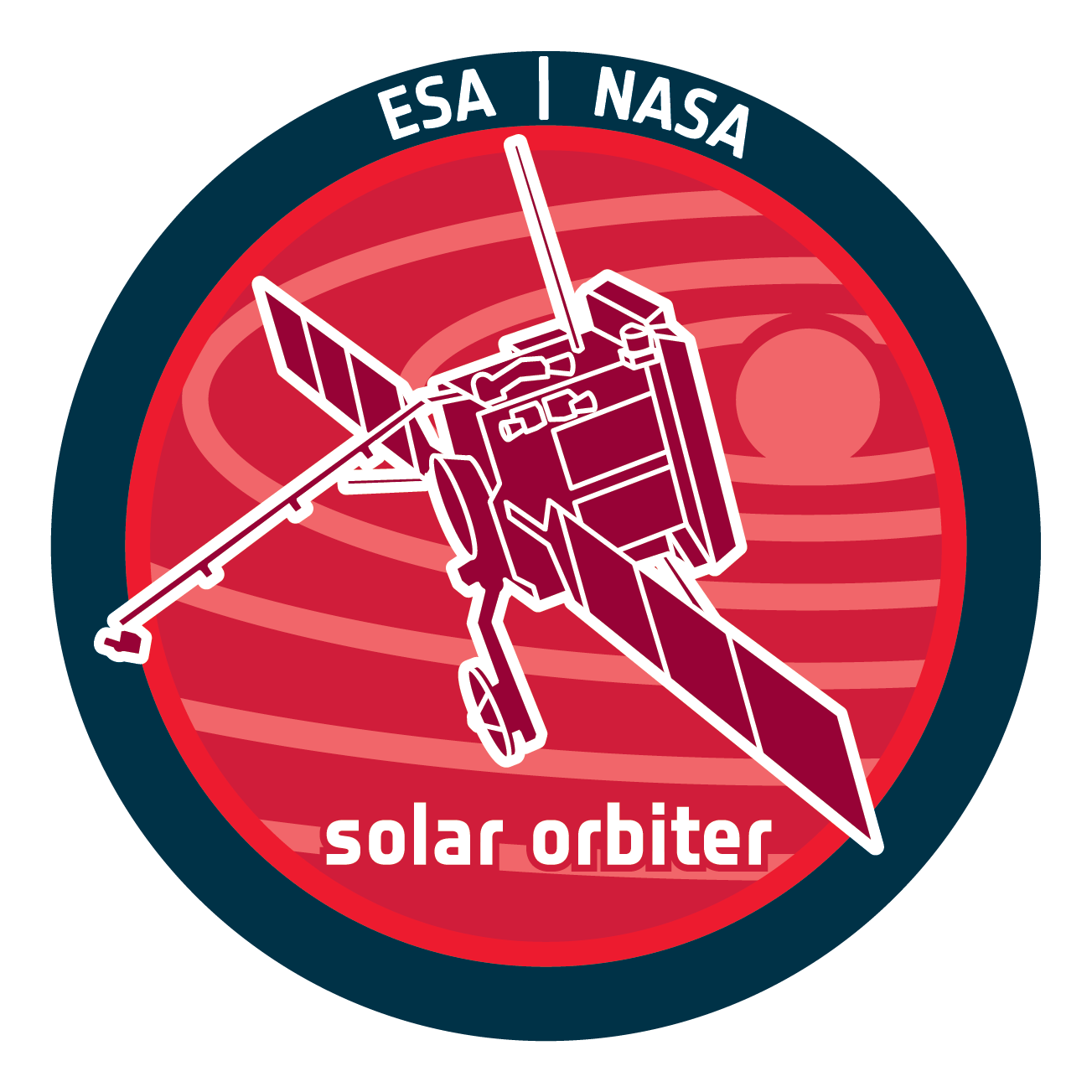

| Name | SWA, Solar Wind Analyser suite |
| Mission | Solar Orbiter |
| URL | http://soar.esac.esa.int/ |
| DOI | https://doi.org/10.5270/esa-ahypgn6 |
| Abstract | The Solar Orbiter Solar Wind Analyser (SWA) suite has been designed and created, and is operated by a large international consortium of institutes, which is led by UCL/Mullard Space Science Laboratory, UK, INAF-Istituto di Astrofisica e Planetologia Spaziali, Italy, Southwest Research Institute, USA and the Institut de Recherche en Astrophysique et Planétologie, France. These activities have been funded through numerous contracts from the UK Space Agency (UKSA), the UK Science and Technology Facilities Council (STFC), the Agenzia Spaziale Italiana (ASI), the Centre National d’Etudes Spatiales (CNES, France), the Centre National de la Recherche Scientifique (CNRS, France), the Czech contribution to the ESA PRODEX programme, and NASA. The SWA suite comprises 3 scientific sensors, the Electron Analyser System (SWA-EAS), the Proton-Alpha Sensor (SWA-PAS), and the Heavy Ion Sensor (SWA-HIS), which together are serviced by a central control and data processing unit (SWA-DPU). Together these sensors measure and categorise the vast majority of thermal and suprathermal ions and electrons in the solar wind and determine the abundances and charge states of the heavy ion populations. The SWA-EAS uses two top hat electrostatic analyser heads, each of which have 360° azimuth acceptance angles and ±45° aperture deflection plates. Together these two sensors, which are mounted on the end of the boom, cover a full sky field-of-view (FoV) (except for blockages by the spacecraft and its appendages) and measure the full 3D velocity distribution function (VDF) of solar wind electrons in the energy range of a few eV to ∼5 keV. The SWA-PAS instrument also uses an electrostatic analyser with a more confined FoV (−24° to +42° × ±22.5° around the expected solar wind arrival direction), which nevertheless is capable of measuring the full 3D VDF of the protons and alpha particles arriving at the instrument in the energy range from 200 eV/q to 20 keV/e. Finally, SWA-HIS measures the composition and 3D VDFs of heavy ions in the bulk solar wind as well as those of the major constituents in the suprathermal energy range and those of pick-up ions. Measurements are over a FoV of −33° to +66° × ±20° around the expected solar wind arrival direction and at energies up to 80 keV/e. The mass resolution (m/Δm) is > 5. |
| Description |
SWA scientific data products from SWA-EAS and SWA-PAS consist of calibrated 3D velocity distribution functions (VDFs) of the major solar wind constituents: electrons, protons, and alpha particles. The basic moments of the distributions of these particles, such as density, velocity, pressure tensor, and heat flux vector are provided. The cadence (time resolution) of the data products varies between sensors and is anyway dependent on which of a number of normal or burst modes of operation the individual sensors are commanded into at any given time. Data products may be available at cadences between fractions of a second and 100 seconds, a range which supports characterisation of the fluid and kinetic states of the solar wind. In addition, using SWA-HIS measurements, derivations of relative elemental abundances, ionic charge state ratios and distributions, velocity space distributions and moments (population density, bulk flow speed and temperature) of representative high-FIP elements (the C, N, O group), and of low-FIP elements (such as Fe, Si or Mg) are provided. SWA-HIS full 3D VDFs of the prominent heavy ions are returned at 5 min cadence in normal mode and 30 s in burst mode. Additionally, SWA-HIS measures 3D VDFs of alpha particles at a 4 s resolution in burst mode. Usage notes for the SWA-HIS data products can be found at https://www.cosmos.esa.int/web/soar/support-data#swa |
| Publication | Owen, C.J., et al., The Solar Orbiter Solar Wind Analyser (SWA) suite, A&A, 642, A16, 2020; https://doi.org/10.1051/0004-6361/201937259 |
| Temporal Coverage | 2020-06-01/.. |
| Mission Description |
Solar Orbiter is a mission of international collaboration between ESA and NASA. It explores the Sun and the heliosphere from close up and out of the ecliptic plane. Launched on 10 February 2020, it aims to address the overarching science question: how does the Sun create and control the Heliosphere – and why does solar activity change with time? To answer it, the Solar Orbiter spacecraft is cruising to a unique orbit around the Sun, eventually reaching a minimum perihelion of 0.28 AU, and performing measurements out of the ecliptic plane: reaching 18° heliographic latitude during its nominal mission phase, and above 30° during its extended mission phase. It carries six remote sensing instruments to observe the Sun and the solar corona, and four in-situ instruments to measure the solar wind, its thermal and energetic particles, and electromagnetic fields.
Müller, D., O.C.St. Cyr, I. Zouganelis, et al., The Solar Orbiter mission: science overview, A&A., 642, A1, 2020; DOI: https://doi.org/10.1051/0004-6361/202038467 Müller, D., Marsden, R.G., St. Cyr, O.C. et al., Solar Orbiter, Sol. Phys., 285, 25–70 (2013); https://doi.org/10.1007/s11207-012-0085-7 |
| Creator Contact | Owen, C.J., Principal Investigator, University College London/Mullard Space Science Laboratory, UK, c.owen@ucl.ac.uk |
| Publisher And Registrant | European Space Agency |
| Credit Guidelines | When publishing any works related to this experiment, please cite the DOI as https://doi.org/10.5270/esa-ahypgn6 |